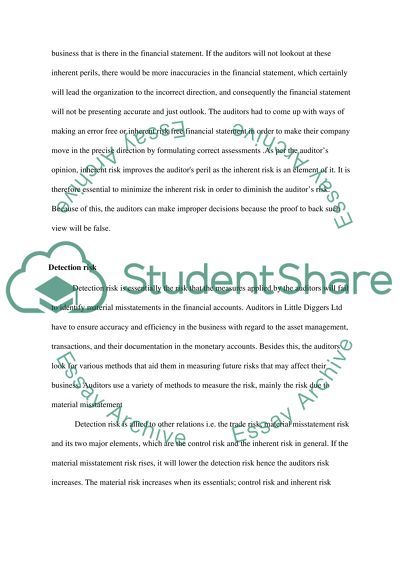Cite this document
(“Audit Case Study Example | Topics and Well Written Essays - 2000 words”, n.d.)
Retrieved from https://studentshare.org/finance-accounting/1491222-audit
Retrieved from https://studentshare.org/finance-accounting/1491222-audit
(Audit Case Study Example | Topics and Well Written Essays - 2000 Words)
https://studentshare.org/finance-accounting/1491222-audit.
https://studentshare.org/finance-accounting/1491222-audit.
“Audit Case Study Example | Topics and Well Written Essays - 2000 Words”, n.d. https://studentshare.org/finance-accounting/1491222-audit.


